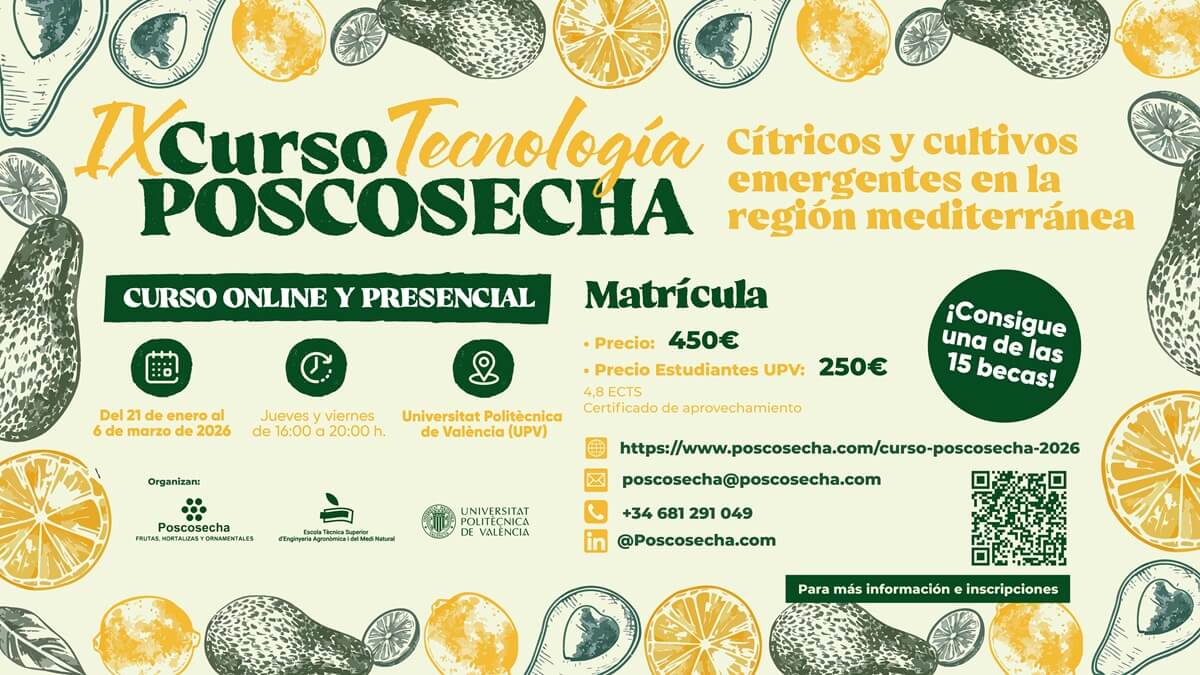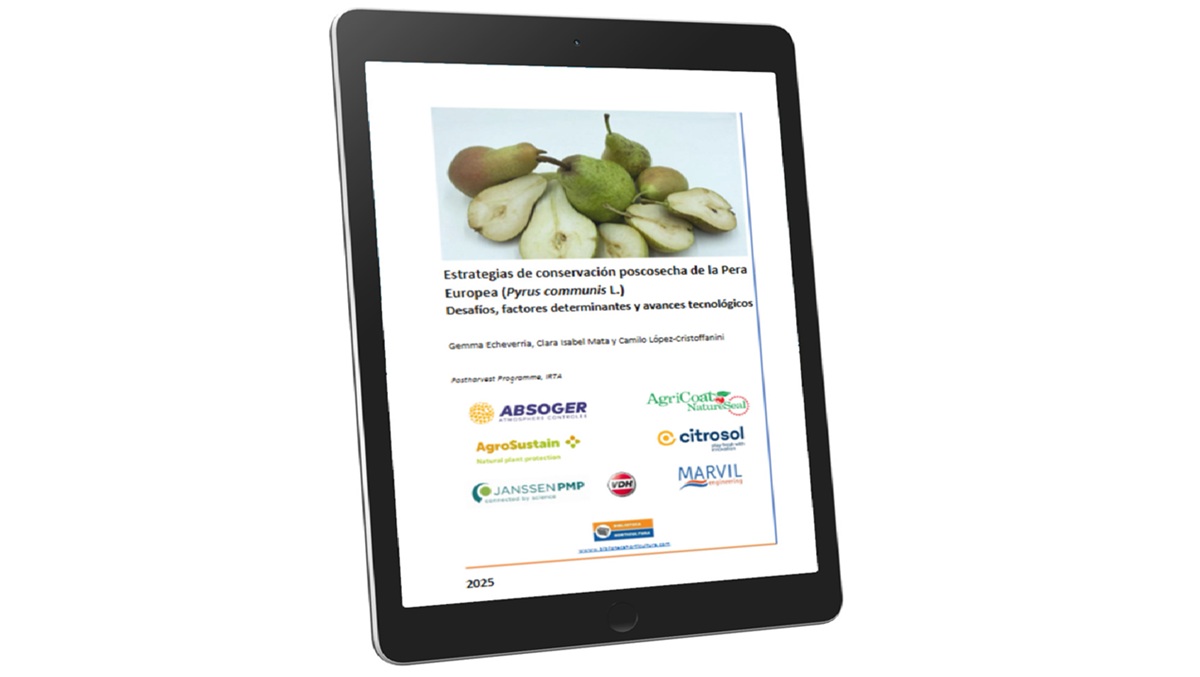News
Developing an Active Bioplastic Using Avocado Byproducts
New bioplastic made from avocado: waterproof, biodegradable, and antioxidant. Study led by IHSM La Mayora with experts from Spain and Italy

A team of researchers from IHSM La Mayora has created a paper-based bioplastic that incorporates extracts from avocado byproducts. This innovative material offers increased impermeability, biodegradability, and antioxidant capacity thanks to waste from the food industry.
Researchers José Alejandro Heredia Guerrero and Susana Guzmán Puyol, part of the "Sustainable Agri-Food Materials" group and authors of this study, highlight that this bioplastic utilizes waste generated by the avocado processing industry, specifically in the production of guacamole from this fruit. The study integrates bioactive compounds from avocados into paper to enhance the properties of this bioplastic for potential use as food packaging material. Tests have been conducted to assess its bactericidal capacity, particularly in the storage of perishable products.
Bioplastic main features
This bioplastic falls under the category of "active" food packaging, releasing substances to extend the shelf life of stored food. Its functions include controlling potential microbial growth, reducing oxidation, and preventing moisture loss in food. The manufacturing process and reinforcement of the bioplastic involved impregnating paper with a solution of avocado byproduct extract. Upon evaporation, the resulting material infiltrated the microfibers, filling the pores and cavities of the paper. This improves its mechanical properties and its effectiveness as a barrier.
Moreover, thanks to the bioactive compounds present in avocado byproducts, this bioplastic has enhanced its biodegradability in seawater and its antioxidant capacity. The local company Avomix, based in Vélez-Málaga (Spain), supplied the avocado byproducts, primarily composed of skins and pits after guacamole production.
To assess its bactericidal effectiveness, IHSM La Mayora researchers Diego Romero, Jesús Hierrezuelo, and Montserrat Grifé conducted tests with Escherichia coli and Bacillus cereus bacteria, common in foods and responsible for causing diseases. They demonstrated that this bioplastic acts as an antimicrobial physical barrier, capable of retaining bacteria and safeguarding packaged foods.
This study was conducted by researchers José Alejandro Heredia Guerrero, Susana Guzmán Puyol, Diego Romero, Jesús Hierrezuelo, and Montserrat Grifé. Furthermore, it was carried out in collaboration with professionals from the Università degli Studi della Basilicata (Italy), the Instituto de Ciencia de Materiales de Sevilla (Spain), and the Università degli Studi di Salerno (Italy). The study results have been published in the Food Chemistry journal.
Related news



.jpg)








